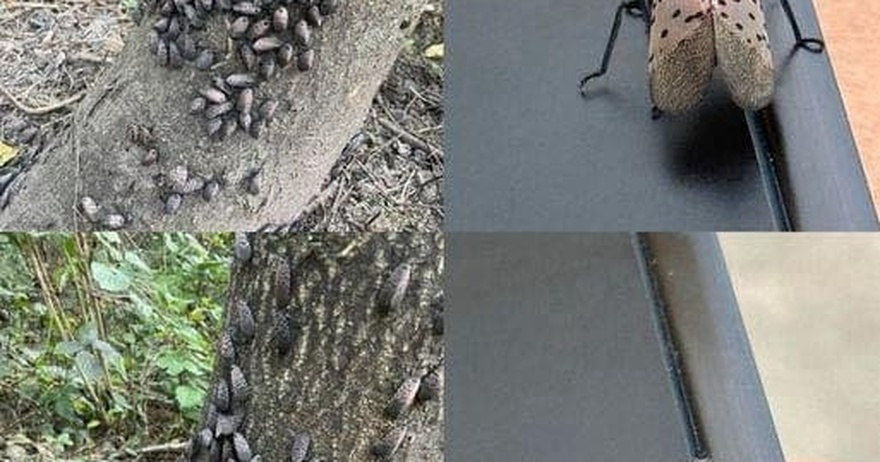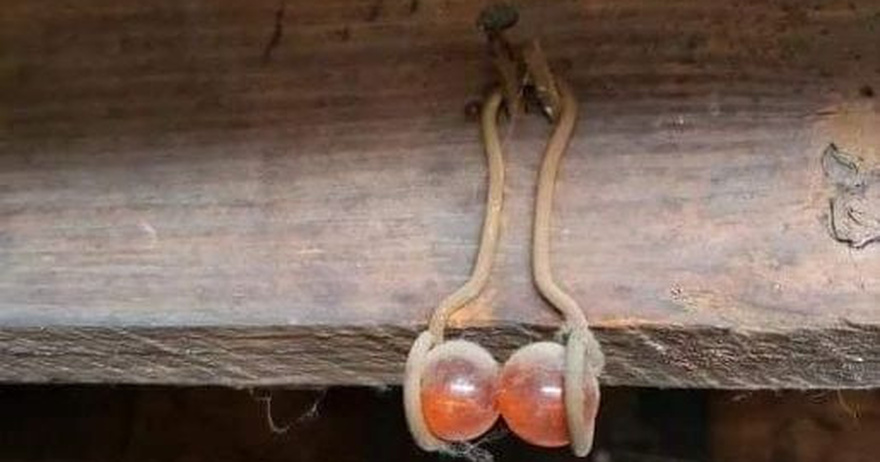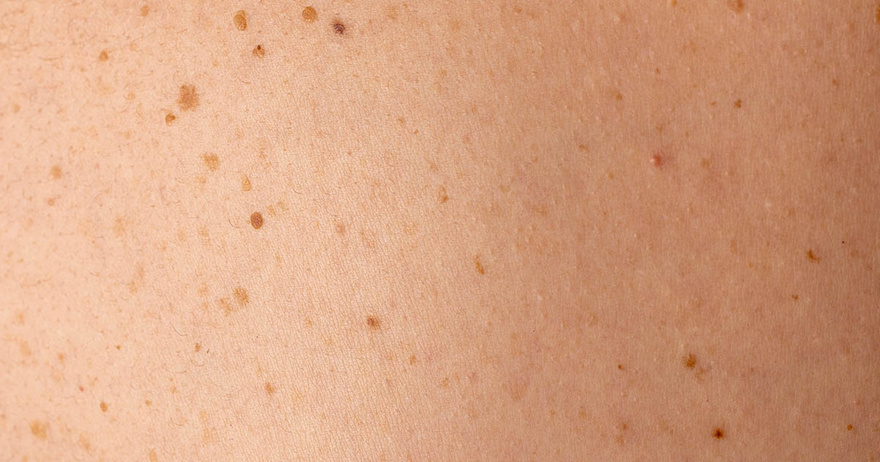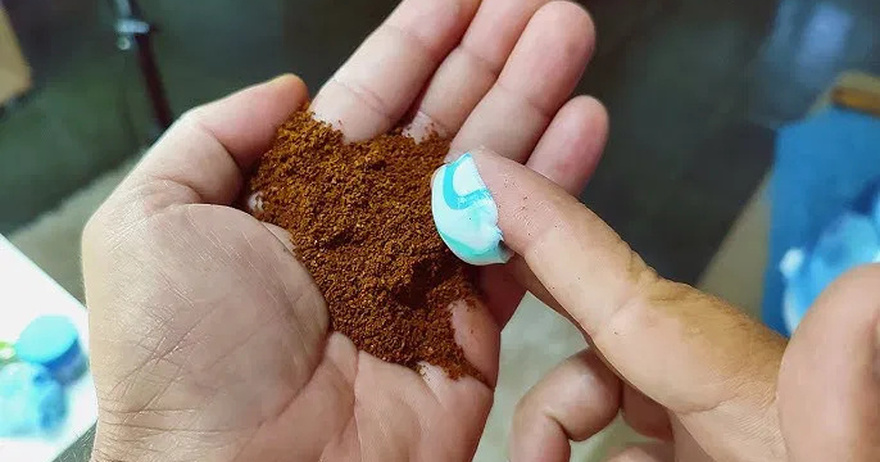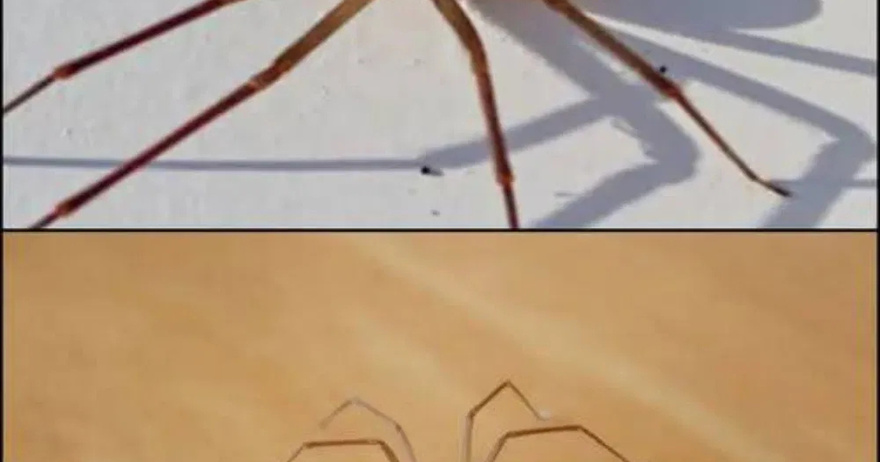If you see a lanternfly (Lycorma delicatula), get rid of it immediately. Native to China, this invasive insect first appeared in the U.S. in Pennsylvania in 2014 and has since caused serious damage to agriculture and ecosystems. Lanternflies feed on plant sap, weakening trees and plants while promoting the growth of harmful sooty mold.
Adults are about an inch long, with gray wings, black spots, and red and black underwings. Nymphs are black with white spots, turning red before maturing. They use needle-like mouthparts to drain sap from plants.
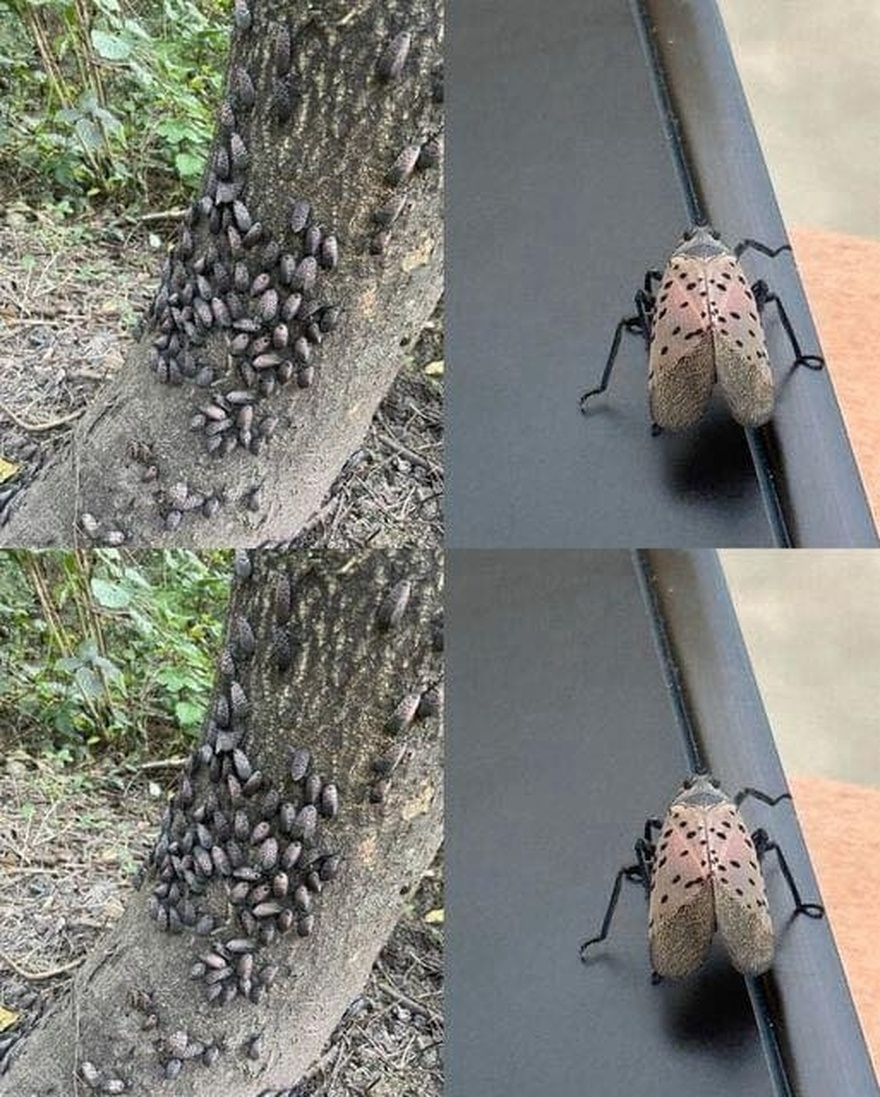
To combat them, squash adults and nymphs, and destroy egg masses, which resemble gray mud smears. Scrape eggs into a bag with alcohol or hand sanitizer to kill them. Acting quickly can help protect our environment from further harm.
Spotted Lanternfly: The race to control an invasive threat
The Spotted Lanternfly (Lycorma delicatula) (SLF) has emerged as a serious threat to agriculture and ecosystems in the United States. This invasive insect, native to Asia, was first detected in Pennsylvania in 2014 and has spread to several other states, posing a significant challenge to both farmers and environmental conservationists. In this article, we will delve into the potential damage caused by the Spotted Lanternfly and explore effective strategies for prevention and control.
The Threat of the Spotted Lanternfly
The SLF may seem harmless at first glance, with its striking appearance characterized by vibrant red, black, and white markings on its wings and body, the insect by itself is beautiful! However, this insect is a significant threat to a wide range of crops and plants, including grapes, fruit trees, hardwood trees, and ornamental plants. The potential damages it can cause:
Crop Damage: Spotted Lanternfly nymphs and adults feed on the sap of plants by piercing their phloem and xylem, weakening the plant’s health and reducing its ability to grow and produce fruits. This feeding behavior can lead to reduced crop yields and economic losses for farmers.
Tree Mortality: In addition to crop damage, Spotted Lanternflies can infest hardwood trees such as oaks, maples, and pines. The excessive sap feeding can weaken these trees and render them vulnerable to disease and other stressors, ultimately leading to tree mortality.
Exotic Invasive Species: Spotted Lanternflies are a prime example of how invasive species can disrupt ecosystems. They outcompete native insects and can harm local wildlife by disrupting the balance of the food chain.
Aesthetic and Recreational Impact: Beyond agriculture and ecosystems, Spotted Lanternflies are a nuisance to homeowners due to their propensity to gather in large numbers, covering outdoor surfaces. Their honeydew excretions can also attract other pests like wasps and ants.
Preventing Spotted Lanternfly Infestations
Prevention is the first line of defense against the Spotted Lanternfly. Some strategies to minimize the risk of infestation are:
Education: Public awareness campaigns and articles (like this one) play a crucial role in identifying and reporting Spotted Lanternfly sightings. Residents, businesses, and agricultural communities should be educated about the pest’s appearance, life cycle, and potential impacts.
Inspect and Remove Egg Masses: During the fall and winter, inspect trees, vehicles, and outdoor equipment for Spotted Lanternfly egg masses, which look like gray, waxy patches. Scraping them off and destroying them can help prevent their hatching in the spring.
Tree Banding: Applying sticky bands around trees can trap nymphs as they crawl up to feed. This can be an effective control measure when applied correctly.
Insecticides: Insecticides can be used as a last resort to control severe infestations. Consult with local agricultural extension services or professionals for guidance on safe and effective chemical treatments.
undefined
Control Strategies
Once an infestation is identified, it is essential to take immediate action to control the Spotted Lanternfly population:
Report it: take pictures if possible, and report to your local cooperative extension office, or using this form HERE.
Physical Removal: Use handheld vacuums or adhesive tape to capture and remove individual insects. Be sure to dispose of them properly to prevent reinfestation.
Biological Control: Research is ongoing to identify natural predators of the Spotted Lanternfly. Promoting the presence of these predators in affected areas can help control the population.
Chemical Control: In cases of severe infestations, consult with pest management professionals to determine the most appropriate and safe chemical control measures.
The Spotted Lanternfly is a real threat to agriculture, ecosystems, and outdoor aesthetics in affected regions. Preventing its spread through education and early detection is critical, and immediate action is necessary once an infestation is confirmed. Combining these efforts with ongoing research into more sustainable control methods is essential to mitigating the damage caused by this invasive insect and protecting our environment. Stay vigilant, stay informed, and work together to combat the Spotted Lanternfly menace.
